The Ultimate Guide to Catahoula Blue Heeler Mix Breed
Blue Heeler Catahoula Mix Dog Breed Information and Pictures
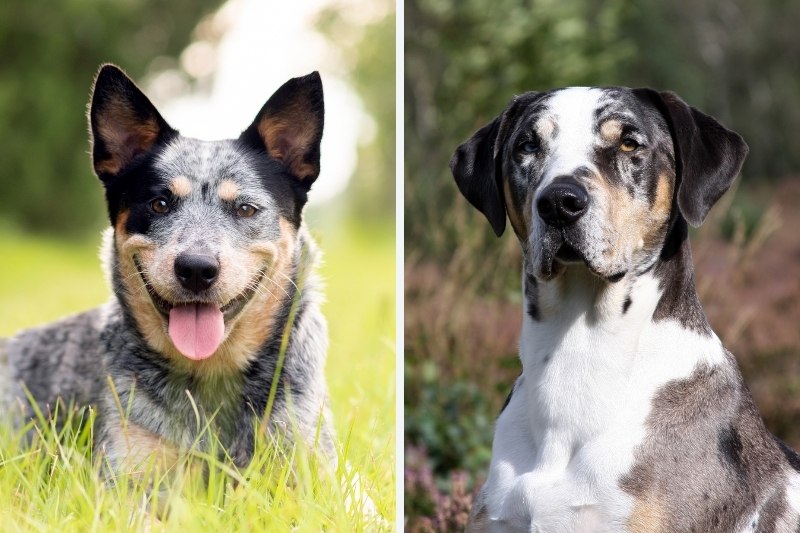
The Catahoula Blue Heeler mix (Catahoula Heeler) has an exciting history that combines the best of two popular dog breeds: the Catahoula Leopard Dog and the Australian Cattle Dog. Their parents’ traits have combined to create a balanced, well-tempered dog that is an excellent addition to many families and homes. Here are the basics of the Catahoula Blue Heeler mix.
Catahoula blue heeler mix?
Catahoula Blue Heeler Mix is a crossbred between Catahoula Leopard and Australian Cattle dogs (also known as Blue Heeler or Queensland Heeler).
Although blue heelers and Catahoulas are quite different breeds, they share many traits. They behave in a way that is aggressive and strong.
A Catahoula mix with blue heeler breed should be exceptionally active, alert, and energetic due to the high-spirited nature of its ancestry, which makes it an excellent watchdog to keep by your side.
We’ll look at the crucial details you should be aware of regarding the Blue Heeler Catahoula hybrid.
From the size, lifespan, origin, and history, look to the temperament, personality, and potential cost.
Table of Contents
Overview: Catahoula vs Blue heeler
| Trait | Blue Heeler | Catahoula |
| Height | 18-20 inches (male)
17-19 inches (female)
|
22-24 inches
|
| Weight | 35-50 pounds
|
50-95 pounds
|
| Life Expectancy | 12-16 years | 10-14 years |
| Breed Group | Herding | Foundation Stock Services |
| Behavior | alert / curious / pleasant | independent / loyal / watchful |
| Barking | Low, only to alert | Low, only to alert |
| Energy | Very High | Very High |
| Adaptability | Medium | Medium |
| Trainability | Eager to please | Eager to please |
| Watchdog/Protective | High | High |
| Shedding | Medium | Medium |
| Coat type | Smooth, Double | Smooth |
| Coat length | Short | Short |
Catahoula History
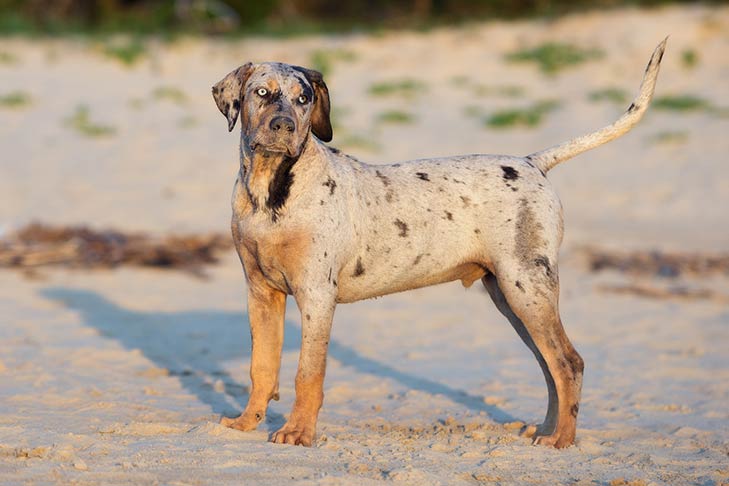
There was only one type of domestic animal in North America in 1539, according to the scribes of Spanish explorer Hernando de Soto, who landed in Florida and started his expedition through the Southeast. This animal was the Native American dog, which had the appearance of a wolf but made dog-like barking noises.
The “bloodhounds, mastiffs, and greyhounds” that the Spanish explorers brought with them were crossed with these indigenous dogs. Native Americans in northern Louisiana gave these new dogs the name “Wolf Dogs.” They were crossbred once more after the French arrived with their hounds, giving rise to the Catahoula Leopard Dog of today. (AKC)
It’s unclear how the Catahoula acquired his working instincts. Early settlers in Central Louisiana, specifically in the region around Catahoula Lake, used these crossbred dogs to herd and capture the wild cows and hogs that were proliferating there. This practice eventually developed into a deliberate strategy for controlling the wild herds.
The Catahoula developed a distinct method of handling the stock that distinguishes them from other herding and working breeds; they enclose the herd in a “canine fence” and control the wild herd inside of this “fence” under the guidance of the dog’s handler. Breeders of Catahoula Leopard Dogs attach great attention to this canine’s innate working aptitude. He must possess these working instincts in order to be a true Catahoula, regardless of looks.
Blue heeler History
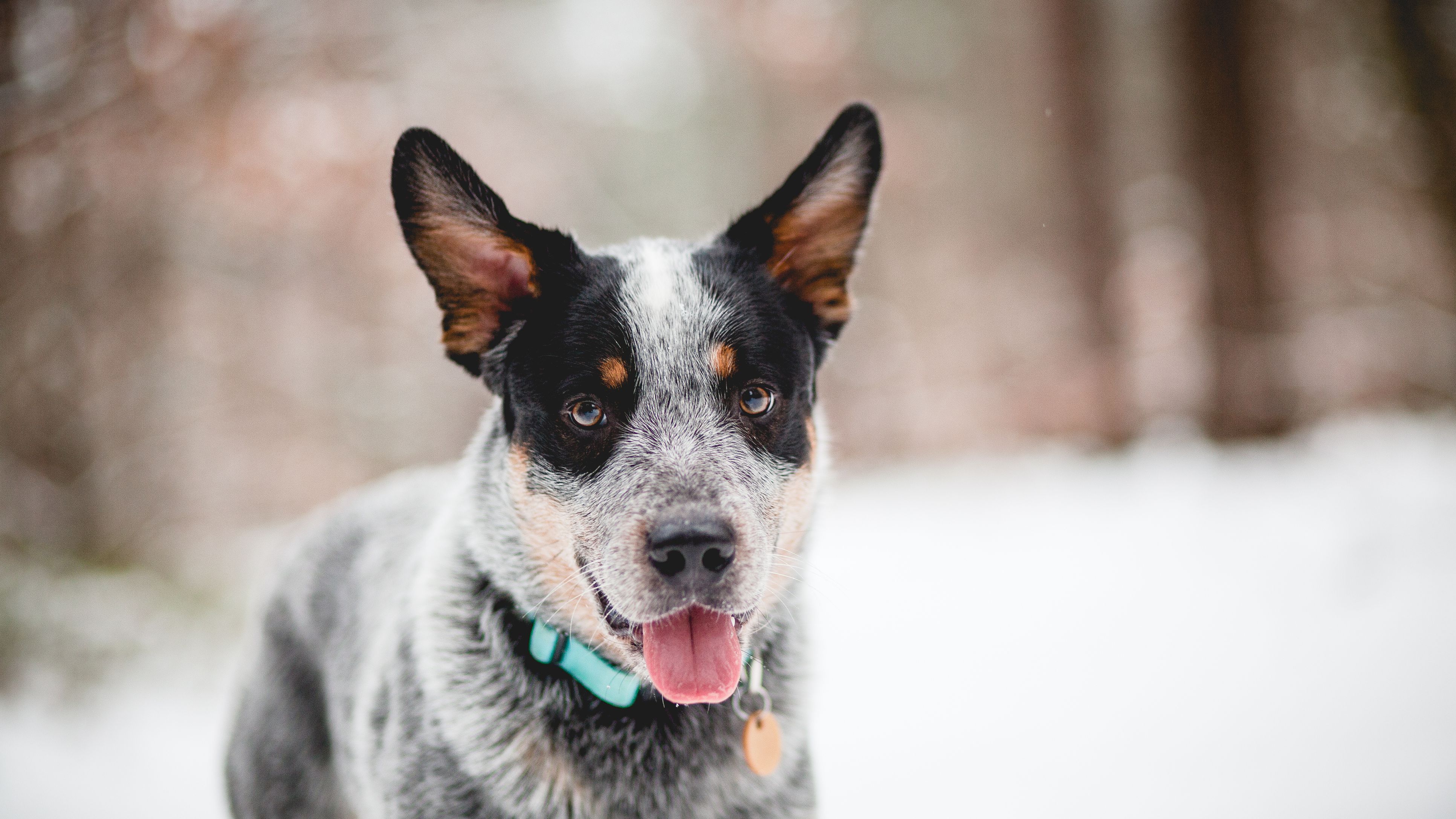
The blue heeler (Australian Cattle Dog) was bred to herd cattle by Australian settlers during the 19th century. The breed is largely credited for using its expertise to help ranchers efficiently expand the Australian beef industry.
After many breeding and cross-breeding, ranchers developed a solid and strong canine who could handle Australia’s harsh climate. Dogs brought to Australia from England were bred with the native Australian dingo to create the ancestors of the blue heeler, or Australian cattle dog, that you know today.
In May 1980 the Australian cattle dog was accepted for registration by the American Kennel Club. The breed became eligible for show in the Working Group in September of that year and was transferred to the Herding Group in 1983.
The blue heeler dog breed is also famous as the Aussie cattle dog breed or Queensland heeler.
Appearance
It is nearly impossible to predict the exact physical characteristics of a Catahoula Blue Heeler Mix, but if you do your research and identify any similarities between the parents’ physical characteristics, not only will you. We can comprehend the anticipated physical attributes of a Catahoula Blue Heeler Mix, which is what we will do here.
The information provided on the physical characteristics of a Catahoula Blue mix with Heeler is accurate and entirely the result of our research. You must also conduct an appropriate analysis because there is no guarantee that it is entirely correct.
Because a Catahoula Blue Heeler Mix is a hybrid modern designer dog, and it is impossible to predict the precise physical look of a Catahoula Blue Heeler Mix, there isn’t any trustworthy or conclusive information about them available online.
A Catahoula Blue Heeler Mix puppy’s physical characteristics will vary based on who and how much of their genetic makeup they have inherited. You can anticipate the Catahoula Mix with Blue Heeler to be most like them if they get most of their physical characteristics from the blue heeler side. To make this material easier to understand, I have separated it into three portions.
Coat
The first parent blue heeler has a double layer coat on its body, as you can see if you look at it. The bodies of the other parent Catahoulas have two layers, though you can also discover them with just one. As a result, their parents are solely responsible.
A double coat on the body of a Catahoula Blue Heeler mix indicates that one of the parents has a double-layer coat on the body. However, a Catahoula Blue Heeler Mix may also be seen with a single or double coat.
Color
Due to the fact that both of their parents are color-friendly, a Catahoula Blue Heeler mix can come in a variety of color combinations. The children will adopt the various color combinations both parents have on them.
However, a Blue Heeler Catahoula Mix will only have the hue that their parents did. As a result, it is improbable that a Catahoula Blue Heeler Mix will have a color that neither of its parents did.
Size
Given that both of their parents are medium-sized dog breeds, a Catahoula Blue Heeler Mix will undoubtedly be a medium-sized dog breed. We now know that a Blue Heeler Catahoula Mix can have either a single coat or a double coat on its body, depending on the color combination of its parents and that it is most likely a medium-sized dog breed, making it unsuitable for apartment living.
Size
Given that both of their parents are medium-sized dog breeds, a Catahoula Blue Heeler Mix will undoubtedly be a medium-sized dog breed. We now know that a Blue Heeler Catahoula Mix can have either a single coat or a double coat on its body, depending on the color combination of its parents and that it is most likely a medium-sized dog breed, making it unsuitable for apartment living.
Height
The shoulder height of a blue heeler ranges from 17 to 20 inches.
The shoulder height of a Catahoula ranges from 20 to 26 inches.
The height range for a Catahoula Blue Heeler Mix dog is between 17 and 23 inches.
Weight
The weight range for blue heels: is 30 to 50 lbs.
Weight of a Catahoula: 50 to 90 pounds
Blue Heeler from Catahoula Weight range: 40 to 65 pounds.
Temperament
It is nothing new to say that a Catahoula Blue Heeler Mix would have an unusual and unpredictable disposition. However, the care and instruction a Catahoula Blue Heeler Mix receive ultimately determines their temperament. A well-cared-for Catahoula Blue Heeler Mix has a propensity for being amiable.
A mix of the Catahoula Blue Heeler and other dog breeds can be friendly, attentive, alert, active, intellectual, and energetic. One thing is for sure, early socialization and training will be crucial in establishing how well-mannered your Catahoula Blue Heeler Mix will be in the future.
Behavioral problems frequently arise if a hybrid dog like this is not properly socialized or trained in its early stages. Because a Catahoula Blue Heeler Mix tends to be a high-energy dog that demands extensive exercise every day to keep its energy level at a minimum, it is not advised for senior folks.
A Catahoula Blue Heeler Mix has also been shown to struggle when left alone for a lengthy period because it can result in separation anxiety. Additionally, if they have a lot of energy, they could be able to harm you when you’re not around.
Before leaving your dog, it’s crucial to drain their energy entirely; otherwise, they’ll start trashing your possessions and make themselves look like the devil. As a result of their propensity for sadness, Catahoula mix with Blue Heeler should always have a sitter when their owners are away.
Depression and separation anxiety can cause health problems in pure breed dogs and become even worse in mixed dogs. It has frequently been observed that most dog owners neglect this kind of issue, which ultimately becomes the biggest problem in their relationship.
Aside from that, if you’re searching for a friend who gets along with youngsters, this is the one because, with the proper training, they can. This breed gets along well with children and is generally amiable, especially with people it has grown up with.
Life expectancy
Considering the the lifespan of a blue heeler which is between 12 and 17 years as well as that of a Catahoula which is 10 to 14 years, therefore, the average lifespan of a Catahoula Blue Heeler Mix will be 12 to 15 years
Food requirement
You must provide the proper quantity of protein in their diet because this combination of dogs is an active breed.
They enjoy running, so some homemade dog chow will help them build muscle.
But be careful not to overfeed them—they can quickly become bloated.
Make sure to rest for at least an hour with food and water after strenuous exercise.
The dog food you give your Catahoula Blue Heeler should always be measured.
Its weight and height will determine how much nourishment it needs.
Giving their servings at two different times during the day is also a better idea.
If you have the time, make your homemade dog food high in protein rather than purchasing commercial dog food.
Making this choice will ensure that your dog receives adequate nutrition while consuming fewer chemicals and preservatives.
Avoid shared items harmful to dogs, like avocado and chocolate, when making their meals.
Grooming
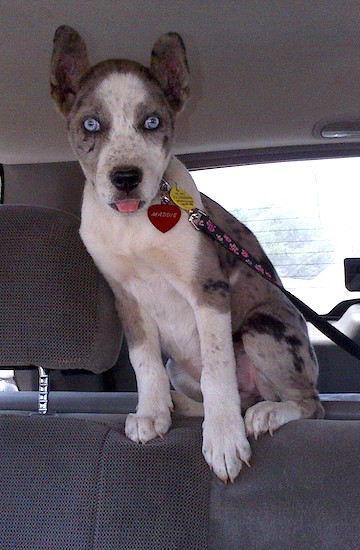
Grooming will play a huge role in determining how appealing they look from their appearance and has also been seen to play a massive role in deciding how healthy they are. Brushing their coat is one of the most crucial aspects of appropriate and efficient grooming.
The most excellent quality brush specifically suited to the needs of the Catahoula Blue Heeler Mix coat should be used to brush it in the direction of hair growth. Not every brush on the market is appropriate for the coat of a Catahoula Blue Heeler Mix.
Your breed dog needs a slicker brush. I’ve been using this slicker brush for the past three months, which is fantastic.
To keep any mess from gathering inside your house, brush this dog outside.
A de-shedding tool is something else I’ll suggest because a Catahoula Blue Heeler Mix can be a combative shedder. Because both parents are aggressive shedders, the kids likewise exhibit this trait.
A decent de-shedding tool should be purchased because Catahoula Blue Heeler Mixes tend to shed significantly throughout the shedding season.
Associated health issues
Every single hybrid dog bred up to this point has inherited some genetic health issues from either of its parent sides.
Most dog owners mistakenly believe that hybrid dogs have fewer health difficulties than purebred dogs. Each hybrid dog carries a few inherited health issues from its parents’ backgrounds. Depending on their care, some may be mild, and some may be major.
Understanding what health conditions can annoy your dog in the long run is crucial since they can also impact your lifestyle and finances. Your dog will remain healthy and disease-free if you provide the correct care.
But to achieve that, it’s crucial to understand the illnesses your Blue Heeler Catahoula Mix is predisposed to. It would help if you took your dog to the vet frequently to undergo routine testing on its skin, elbows, and hips to prevent any potential harm in the future.
This is the most excellent strategy to neutralize any threat early and respond appropriately. You must comprehend their parents’ health issues to understand any potential problems that can aggravate your dog in the future.
Their genetic makeup will be identical to whatever their parents had. A mix of a Catahoula Blue Heeler and another breed will inherit the parents’ health issues. However, that does not imply that those issues are the only ones your breed is prone to. I advised you to visit the vet more frequently for routine tests because they might inherit their particular health issues in the future.
- Progressive Retinal Atrophy (PRA): A genetic retinal condition known as PRA causes dogs to lose their vision completely. It progresses gradually, starting with night blindness before cataracts eventually develop and cause total blindness.
- Allergies: In the dog, the most common symptom associated with allergies is itching of the skin, either localized (in one area) or generalized (all over the body). In some cases, the symptoms involve the respiratory system, with coughing, sneezing, and/or wheezing. Sometimes, there may be runny discharge from the eyes or nose.
- Dysplastic Hips: The hip joint functions as a ball and socket. In chihuahua mix with rottweiler with hip dysplasia, the ball and socket do not fit or develop properly, and they rub and grind instead of sliding smoothly. This results in deterioration over time and an eventual loss of function of the joint itself. (AKC)
- Deafness: Deafness may be congenital (present at birth) or acquired as a result of infection, trauma, or degeneration of the cochlea (the organ of hearing). Deafness present at birth can be inherited or result from toxic or viral damage to the developing unborn puppy.
How much does the Catahoula blue heeler mix cost?
A Catahoula mix with Blue Heeler puppy costs between $700 and $1200.
The breeder’s reputation or quality are the main determinants of this cross’s pricing. A fresh breeder with less experience may charge less for the pup, but they aren’t always the greatest choice.
Supply and demand heavily influence the price of the pup in a particular area. With only a basic understanding of economics, one may already know that when demand is high, supply is likely to be low, and vice versa.
Recognition
Yes! DRA which is Dog Registry of America, Inc. recognized Blue heeler Catahoula mix dog breed.
Pros and Cons of having Catahoula blue heeler mix
Pros
- Devoted, loyal, and loving
- They are intelligent and quick to pick things up
- High Energy makes it perfect for hunting
- Easy to train
- High Energy makes it perfect for hunting
- Alert
Cons
- Can’t be left unattended.
- Need a consistent activity to keep them occupied
- Might not make a good pet pal for other animals.
Conclusion
Consider some of the unique traits this mixed breed possesses and how that fits into your life before deciding whether this mixed breed will suit you and your lifestyle.
If you adore an affectionate, protective, attentive, muscular, and lively dog, then yes! The Catahoula Blue Heeler Mix is ideal for you, but for him to develop appropriately, early socialization, appropriate training, daily exercise, and a reliable partner are all necessary.
A Catahoula cross-blue heeler needs early socialization and training if you want other pets to get along with them.
Now it’s up to you to choose whether or not you want to bring this fantastic blend home.
Other mix dog breeds
- Blue Heeler Husky Mix
- Chihuahua Mix With Rottweiler
- French Bulldog Yorkie Mix
- Rottweiler Pitbull Mix
- Cur Pitbull Mix
- St Bernard Pitbull Mix
- Border Collie Dachshund Mix
- Dachshund Boxer Mix
- German Shorthaired Pointer Pitbull Mix
- Husky Greyhound Mix
- Vizsla Pitbull Mix
- Pitbull Belgian Malinois Mix
- Blue Heeler Corgi Mix
- Husky Yorkie Mix
- Shiba Pomeranian Mix
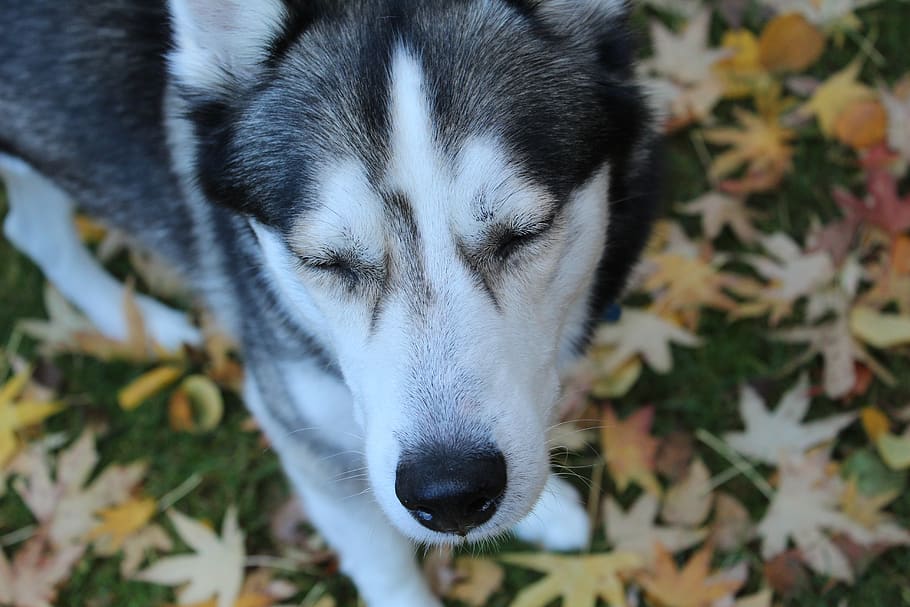
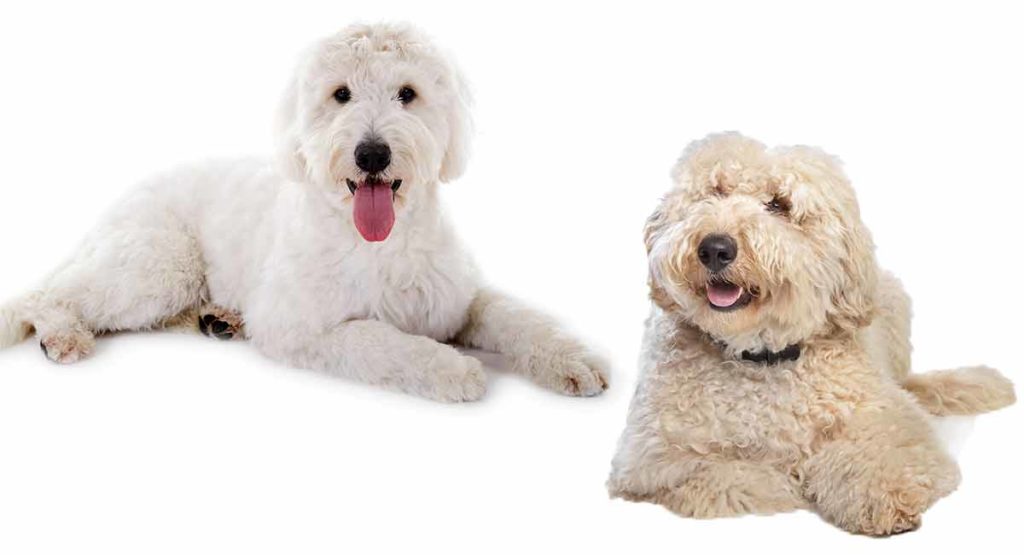
![When Will My Golden Retriever Calm Down [Answer] When Will My Golden Retriever Calm Down [Answer]](https://whitekind.com/wp-content/uploads/2022/04/hqdefault-23.jpg)

